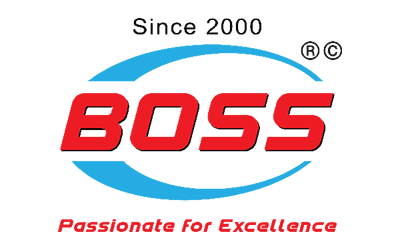Loading
Blogs

7 Factors that Affect Plastic Injection Moulding Costs in India
Plastic injection molding prices are a priority for producers, since they can either save millions or drain the budgets.
Although the process is economical for large-scale plastic component manufacturing, the setup costs can be very high in the beginning, particularly in terms of tooling and machine expenditure. Regardless of whether you are a small business or a large corporation, knowing the plastic injection molding cost India is important for budgeting and streamlining manufacturing processes.
In this blog, we’ll discuss the factors influencing injection molding cost India and give you a transparent plastic molding machine cost breakdown so you can make informed choices.
1. Material Selection
The selection of raw material is among the largest cost factors involved in plastic injection molding. Simple resins such as polypropylene (PP) and polyethylene (PE) are low-priced and common. On the other hand, engineering plastics ABS and polycarbonate (PC) cost more since they have better strength, heat stability, and aesthetic qualities. But material selection isn’t all about cost. It also determines product performance, longevity, and application suitability.
2. Part Design Complexity
The design complexity of a product has a direct impact on plastic injection molding machine operation and expense. Thin walls, close tolerances, undercuts, and complicated surface finishes demand more sophisticated tooling and extended production schedules. These aspects make mold design and part manufacture more challenging and costly. Complicated designs must be planned with expertise from experienced injection molding machine manufacturers to save time and money.
3. Tooling and Mold Costs
Tooling is usually the single greatest initial investment in plastic molding machine manufacturing. Conditions that impact mold cost are size, complexity, number of cavities, and material (aluminum or steel). Although more expensive initially, multi-cavities enable quicker production and less per-part cost in the long run. Spending in quality tooling reduces defects and maintains consistency in production.
4. Production Volume
Production quantity has a significant influence on injection molding economics. Large-volume production distributes the tool cost across numerous units, lowering the per-part cost. For small runs, the unit cost is greater, and therefore simpler molds or other processes might be economical.
5. Cycle Time
Every second matters during plastic injection molding machine operations. Cycle time refers to the time it takes to produce one complete mold cycle, which covers filling, cooling, and ejection. The shorter the cycle time, the greater the number of parts manufactured per hour, reducing labor and equipment costs. Effective mold design, material selection, and cooling optimization can decrease cycle time and enhance productivity.
6. Labor and Automation
Labor costs, including setup, monitoring, and maintenance, are a significant portion of plastic injection molding expenses. Modern automation integrated with advanced plastic molding machines reduces manual intervention, improves quality, and lowers recurring labor costs.
7. Post-Processing and Finishing
Trimming, painting, or plating finishing steps might be minor, but they add to the final costs. Planning on resins and finishes when molding minimizes the requirement for massive post-processing. A good combination of raw materials, accurate molds, and effective machinery guarantees an end product of higher quality with minimal added costs.
Conclusion
Plastic injection molding prices in India vary based on various factors. Some of these factors are material selection, part design, tooling, cycle time, and finishing. By knowing these factors, companies can manage costs and guarantee good product quality. Whether manufacturing large car parts or small consumer products, knowing these cost drivers decreases risks and increases profits.
Want to save on your manufacturing costs and improve efficiency? Partner with the best injection molding machine manufacturers in Rajkot at Boss Automation. Get quality machines and expert support to streamline your production.
